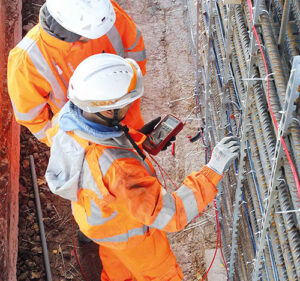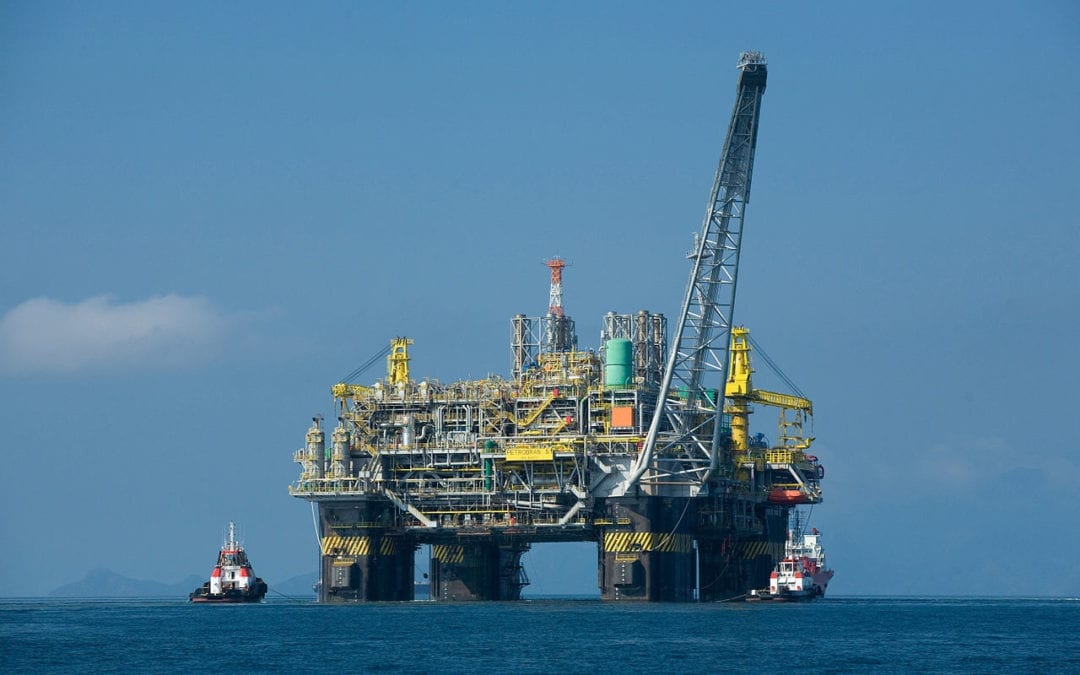The cart is empty!
There is change afoot in the world of passive fire protection (PFP), especially in the protection of structures in high-risk industries such as oil and gas. Unlike in many other sectors, it is the industry itself that is leading the way in more stringent competencies in application and inspection of PFP to ensure quality installations.
What are the forces that are driving this change? In this article, the first in a six-part series we’ll be publishing over the coming weeks, we look at the financial cost of getting passive fire protection application wrong.
What is passive fire protection?
PFP systems reduce the rate at which temperature rises on the protected structure. They do this primarily through heat absorption, reflection and insulation. They are passive because they don’t require external activation to work, such as water deluge, which is why they are considered more reliable, provided they are installed correctly.
In high-risk facilities such as offshore oil and gas installations, the most common form of PFP is epoxy intumescent coatings. These protect structural steel from extreme heat and provide full corrosion protection. They work by swelling and producing a carbonaceous char when heated, which insulates the steel substrate.
How are PFP coatings applied?
Epoxy intumescent coatings are usually applied by spray application using dedicated spray pumps. They must be applied onto properly prepared surfaces, and surface preparation and priming are critical to their adhesion and, in consequence, longevity. Epoxy PFP systems are frequently reinforced with a fibre mesh system, the primary purpose of which is to reinforce the char formed in a fire situation. On occasion they might be reinforced with a wire mesh, but in some systems there is no reinforcement. Typically, the thickness of an epoxy intumescent coating is between 3mm and 20mm.
The significant advantage of epoxy PFP coatings is their toughness and durability, meaning that they can be applied to steel before it is erected. In modular construction they have the ability to withstand the steel deformation when modules are loaded for transportation to their installation site and during the offloading and installation process.
PFP is failing – but why?
The international standards for PFP have been improved tremendously over the last few decades, especially in response to headline disasters like Piper Alpha and more recent incidents. However, in recent years the industry has witnessed a marked increase in the failure of PFP before the plant is commissioned. The reason for this appears to be changing market dynamics. Let us explain.
There used to be only very few manufacturers that produced epoxy PFP intumescent coatings. It was a highly specialised field, and consequently the margins were high. These manufacturers would provide free-of-charge on-site technical service personnel to help ensure correct application of PFP.
Over the years an increasing number of manufacturers have entered the epoxy intumescent market, chasing the same market opportunity. Consequently, margins have been reduced and a level of commoditisation has taken place. Additionally, the drive in the oil and gas industry to reduce project costs has exerted considerable pressure in all areas of construction and supply. The result has been an inability for manufacturers to offer the same level of on-site technical services that was previously provided free of charge, and instead fabricators and contractors are charged for these services. There is no doubt that this has resulted in a reduction in available competency to ensure quality installations.
A further factor is the tendency to treat epoxy intumescent coatings like paint and even to call them ‘paint’. Whilst they are similar, especially the epoxy types, there are significant differences requiring specific skills and understanding for quality PFP installations.
Shortage of early-stage technical competency is a false economy
PFP is an expensive necessity, and from a financial point of view keeping a lid on those costs is important. However, the cost of correcting poorly applied PFP is colossal. When a PFP system is incorrectly installed or fails, the impact can include:
- Risk to the project schedule and potential delay of production due to lack of authority to operate whilst corrective action is taken
- The high cost of access, including scaffolding, to carry out remedial work, particularly in the offshore environment
- Impact on other trades whilst areas are ‘quarantined’ for corrective PFP work to be carried out
- The sheer difficulty of removing and reinstating in an on-site environment
Experience from a leading coatings manufacturer shows that:
Offshore maintenance is 15 to 20 times more expensive than performing work at a yard, and corrosion accounts for 60% of offshore maintenance costs. Further, 85% of coating failures appear within 1 to 3 years, with 95% of failures occurring because of:
- Incorrect specification choice
- Poor surface preparation
- Poor application
- Climatic conditions
To put this into perspective, PFP that is commissioned at an implementation cost of, say, $10 million for a facility in an isolated area of the world (the best fields are usually isolated, right?) and is poorly implemented could cost $150 million to $200 million in rectification costs.
From a purely financial viewpoint, it’s clear that if you spend money upfront you save hugely on project overrun costs, let alone the project complexity of re-work.
How the industry is evolving
The industry is calling for improved competency in the application and inspection of PFP. It simply cannot continue to burn cash on rectification requirements that could and should be avoided. Whilst development, testing and certification for use of PFP materials is regulated, the application and inspection of PFP is not regulated in the same way.
Currently, owner operators specify that inspectors should be paint level 2 qualified as a minimum. What this means is that someone who has good knowledge of paint, but no knowledge or experience of PFP, can go onto a site and inspect PFP. As manufacturers continue to bring new and improved products to the market, with additional features and benefits, this issue is magnified.
In response to this and other issues, PFPNet was established around four years ago to tackle what was becoming a significant loss of skill in the industry across a broad range of PFP topics. With an objective to improve knowledge and understanding, and increase competency across the hydrocarbon passive fire protection industry, PFPNet – whose membership comprises owners, engineers, contractors, manufacturers, and others – has tapped into the skills of its members to tackle key subjects including improving quality of installation.
As PFPNet has evolved and grown with a broad range of membership of companies and individuals who truly understand the business, it has become clear that there is a real desire to develop best practice, navigate regulations, and remove confusion and conflicts.
The result is the evolution of a new PFPNet Competency Framework, which will lay out the knowledge and competency levels expected across all disciplines in the fireproofing of industrial facilities. It is expected that this framework will be mandated by owners and other stakeholders as a requirement for projects and operations.
To stay in the know and be part of the PFP conversation, contact either John Dunk at PFPNet or David Mobbs at ICorr.


